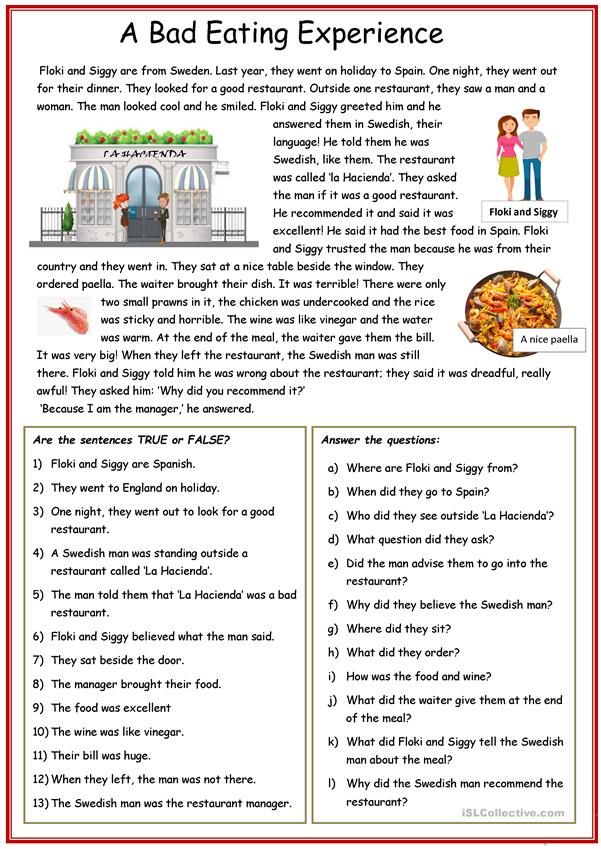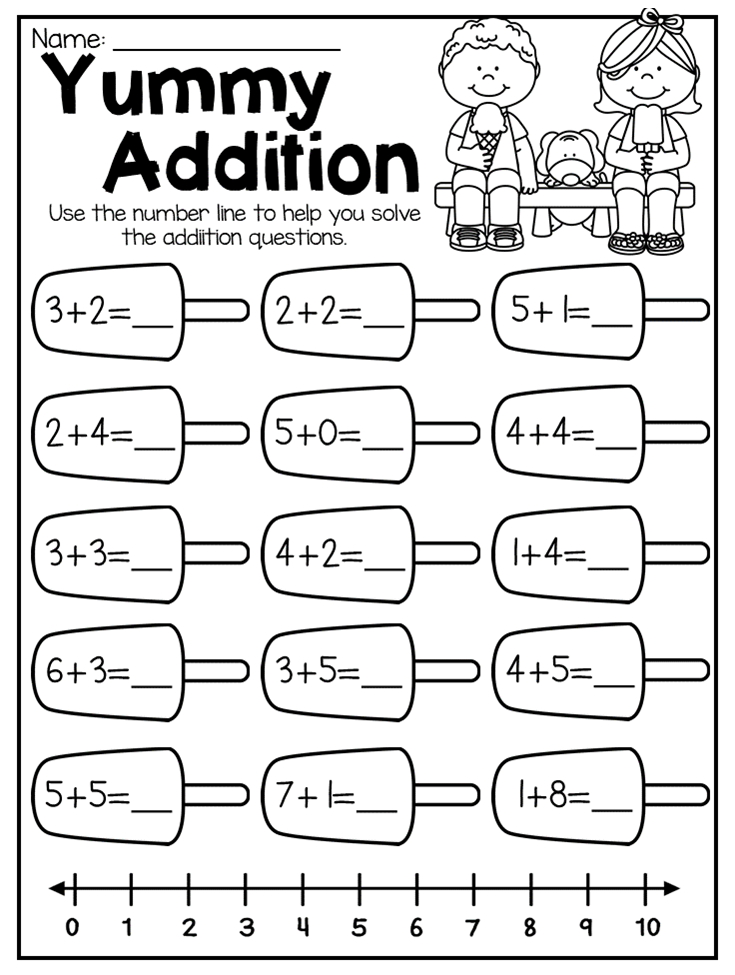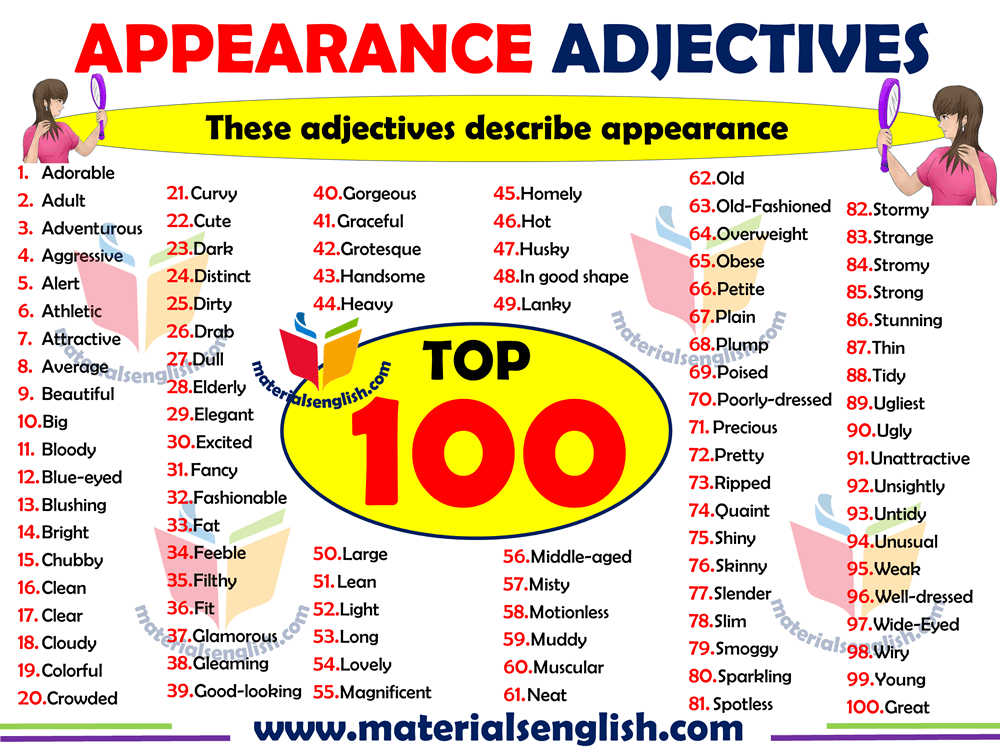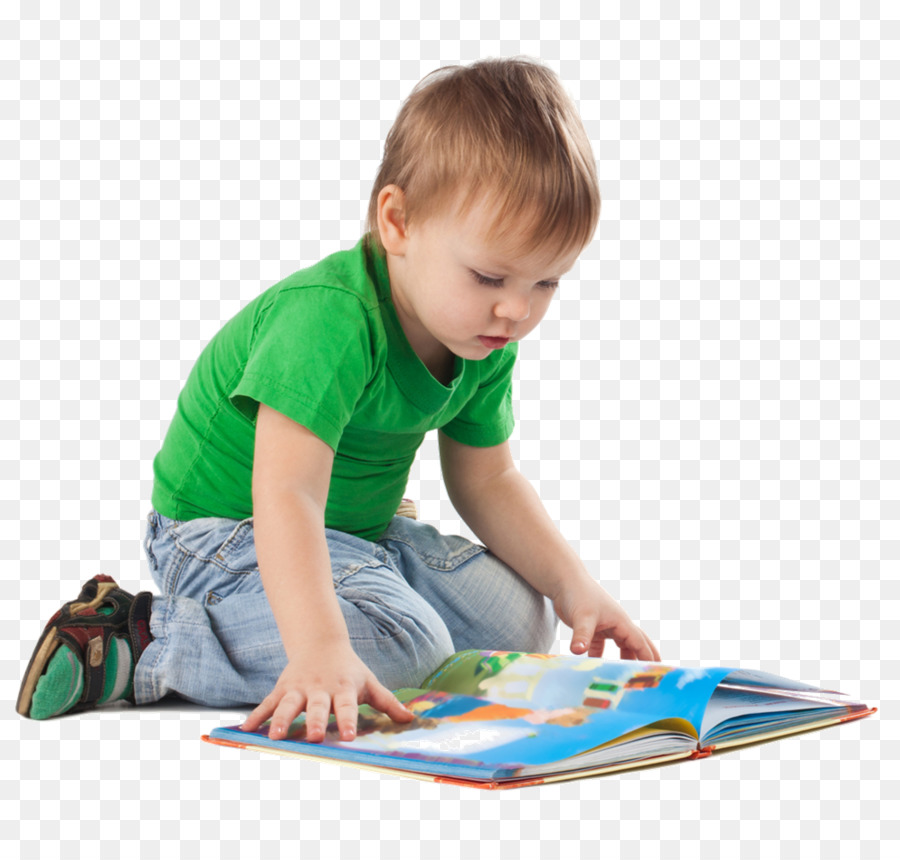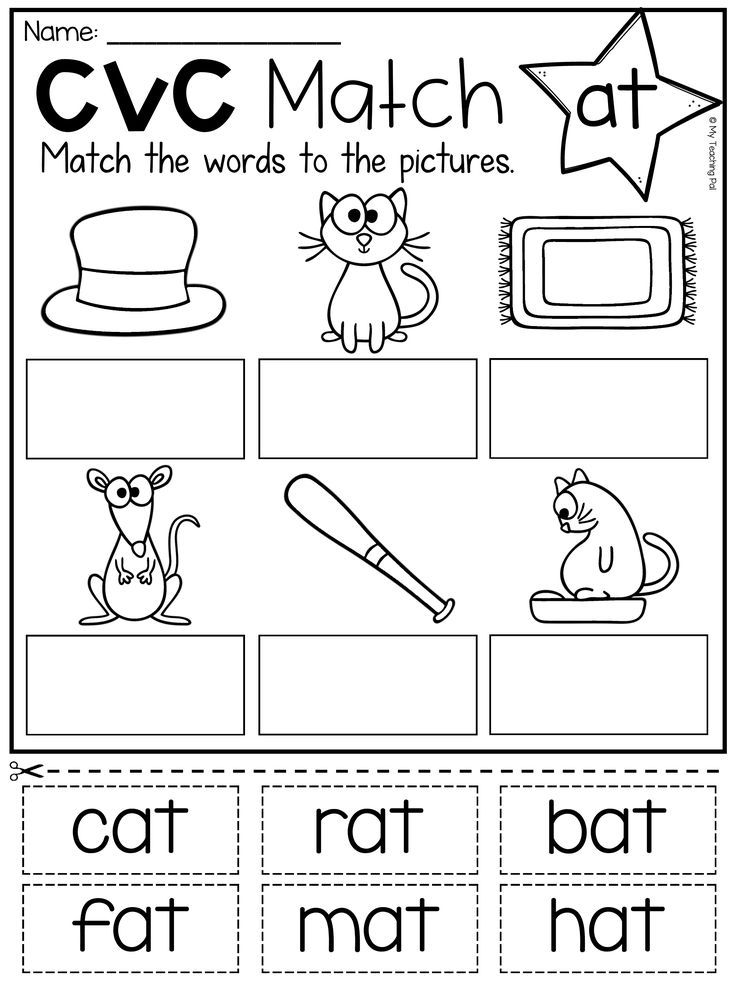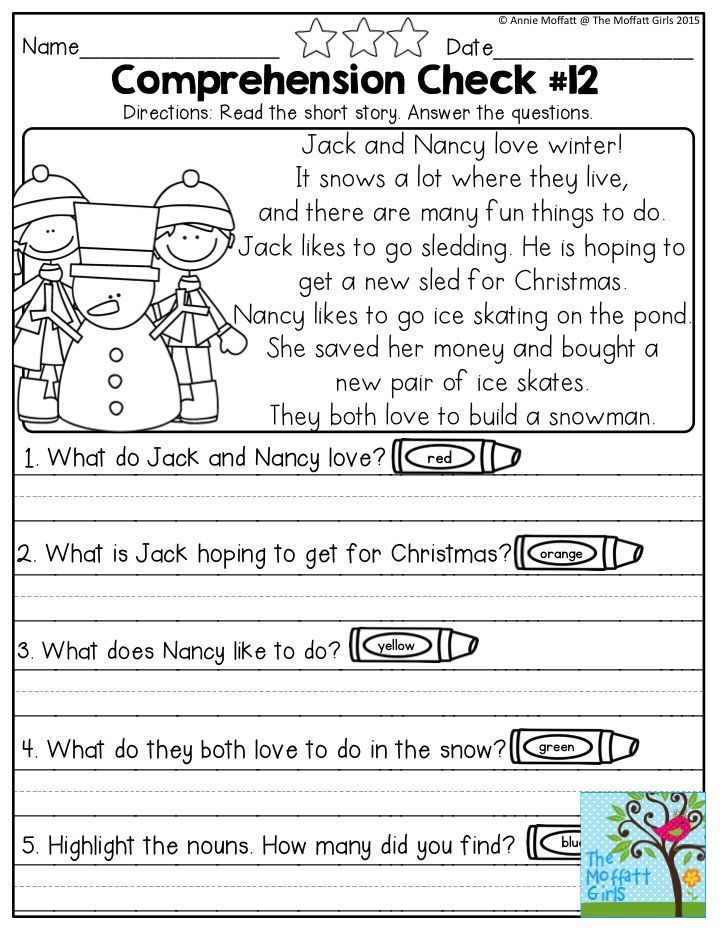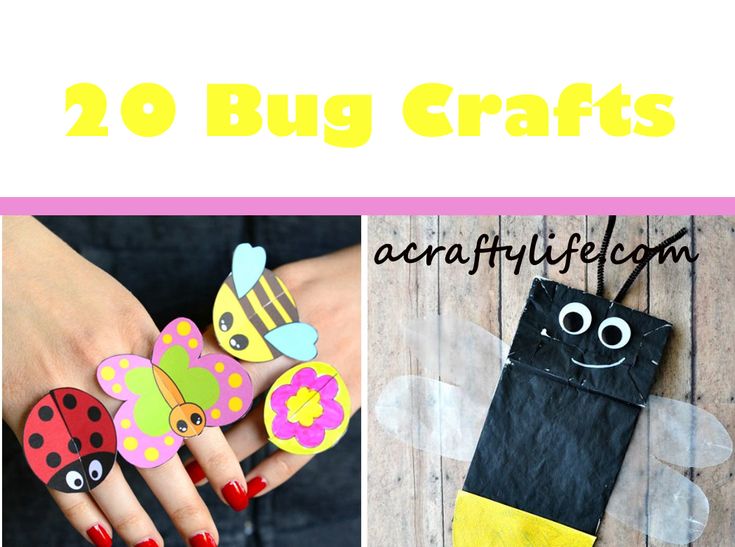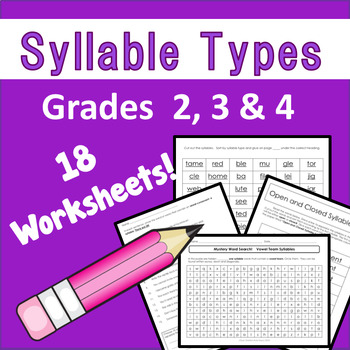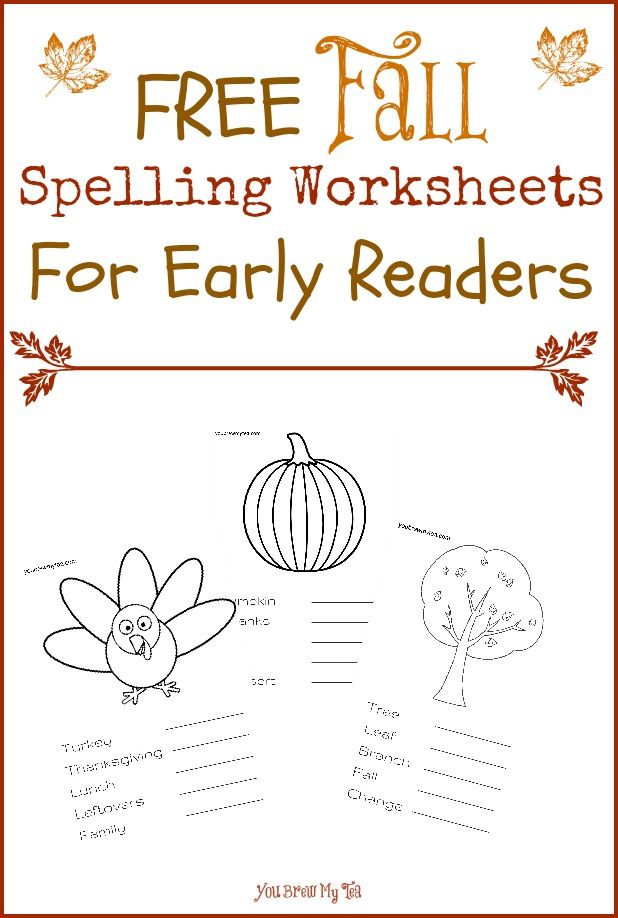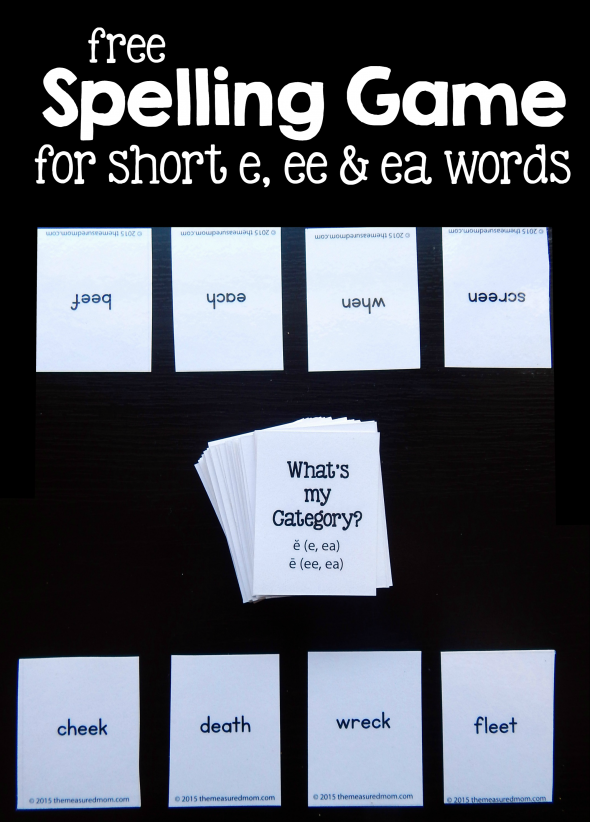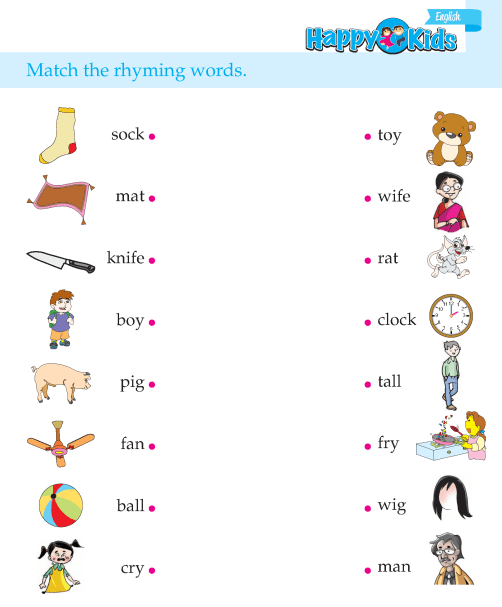Definition of associative play
Associative Play | Development Of Social Play
Associative Play is one of the categories used to describe the development of social play by preschoolers. It is generally the first stage where social interaction is required in children’s play as they engage in a mutual activity, though not working toward a common goal.
In 1932, Mildred Parten, at the University of Minnesota’s Institute of Child Development, developed a system for classifying participation in play by children that has been widely accepted. Her six stages were unoccupied play, solitary play, onlooker play, parallel play, associative play, and cooperative play. Her theory was that as children grew older with improved communication skills and more opportunities for interaction with other children, their solitary play would become more social.1
Play helps children learn how to act in social settings. Parten’s categories provide guidelines for understanding how children move from solitary play to more social categories of play as they grow older. 2 Children will move through the six stages as they grow and develop, although they might not progress in a linear order. Depending on children’s physical environment and their individual temperament, they may engage in different stages at different times.3
An initial form of playing, unoccupied play is described as the random movements an infant makes as he becomes aware of objects around him. Because toddlers have limited social, cognitive, and physical skills, their self-centered nature encourages them to engage in solitary play exploring their world in independent play. Onlooker play describes when children observe other children playing, but don’t join in with them. By the time children reach three years of age, they may engage in parallel play where they play independently, but side by side seemingly not involved with others. Parallel play is seen as an important bridge to the later stages of play.4
Associative play also describes children playing separately from one another, but they are involved with what the others are doing.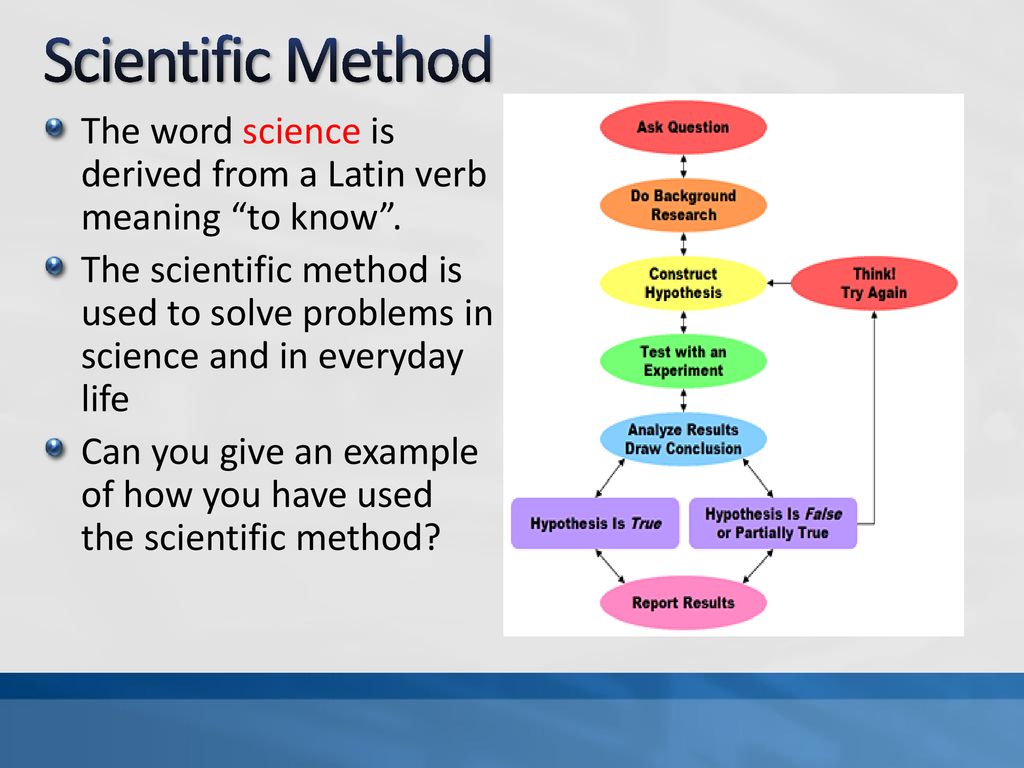 This may include a constructive play activity where they are involved with others in building a structure. The children may all be engaged in a similar activity, but there is no division of labor and no organization of the activity around what materials they use or what goal they are attempting to achieve. Each child has his own interests in his play and doesn’t need to conform to what the others are doing.5
This may include a constructive play activity where they are involved with others in building a structure. The children may all be engaged in a similar activity, but there is no division of labor and no organization of the activity around what materials they use or what goal they are attempting to achieve. Each child has his own interests in his play and doesn’t need to conform to what the others are doing.5
Young children develop their communication skills through play. Though still learning how to verbalize how they feel, play offers a safe environment to exhibit their full range of feelings while playing with others. During associative play children may make mild attempts to control which children may or may not play in the group and as a result they begin to understand the dynamics of social play.6
Through associative play, children begin to learn how to make real friendships. They become more interested in other children than in the toys. They develop skills in socialization, problem solving, sharing, cooperation, and language development.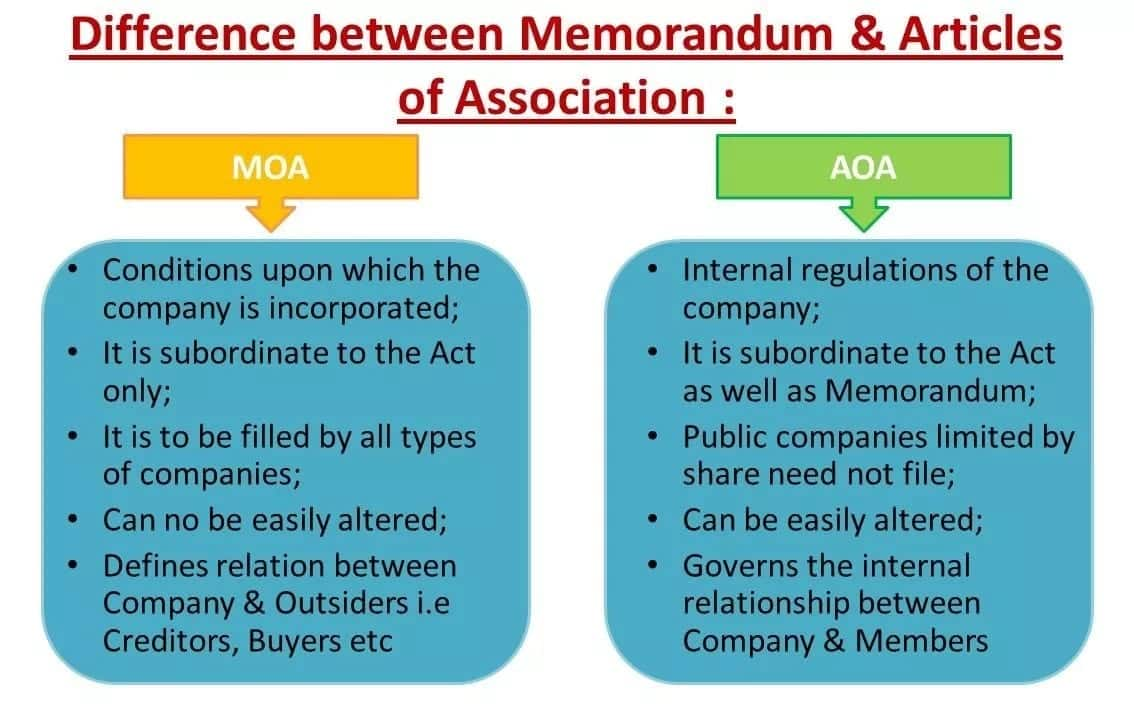 This leads to cooperative play where play is organized by group goals. Children move from a self-centered view to an understanding of the importance of social rules to develop friendships. In cooperative play they begin to play games with rules and gain the concept that life has rules that everyone must follow.7
This leads to cooperative play where play is organized by group goals. Children move from a self-centered view to an understanding of the importance of social rules to develop friendships. In cooperative play they begin to play games with rules and gain the concept that life has rules that everyone must follow.7
- 1. Tomlin, Carolyn R. “Play: A Historical Review.” EarlychildhoodNEWS. < http://www.earlychildhoodnews.com/earlychildhood/article_view.aspx?ArticleID=618 > 9 June 2016.
- 2. Frost, Joe L., Sue Wortham, and Stuart Reifel. Play and Child Development. Upper Saddle River, NJ: Prentice-Hall, Inc. 2001.
- 3. Cecchini, Marie E. “Encouraging Cooperative Play.” EarlychildhoodNEWS. < http://www.earlychildhoodnews.com/earlychildhood/article_view.aspx?articleid=707 > 11 Oct. 2016.
- 4. Rock, Amanda. “10 Types of Play Important to Your Child’s Development.” Verywell. < https://www.verywell.com/types-of-play-2764587 > 11 Oct. 2016.
- 5.
 Op. cit., Frost et al.
Op. cit., Frost et al. - 6. “What is Associative Play?” Psychology & Science. < http://www.psysci.co/associative-play/ > 12 Oct. 2016.
- 7. Anderson-McNamee, Jona K. and Sandra J. Bailey. “The Importance of Play in Early Childhood Development.” Montana State University Extension. < store.msuextension.org/publications/HomeHealthandFamily/MT201003HR.pdf > 11 Oct. 2016.
Associative Play for Young Children: What Is It?
Written by WebMD Editorial Contributors
In this Article
- What Are the Six Stages of Play?
- Benefits of Associative Play
Playtime isn’t just all fun and games. Kids learn important developmental and social skills through playing with others and by themselves. Associative play is one of the six stages of play — a widely-accepted system classified in 1932 by Mildred Parten, a researcher at the University of Minnesota’s Institute of Child Development.
Associative play is a fundamental stage of a child’s development when they begin learning simple social skills, like how to interact with their peers at playtime. It’s their first stage of social interaction. Learning about the stages of play can help you maximize your child’s learning potential with every age.
It’s their first stage of social interaction. Learning about the stages of play can help you maximize your child’s learning potential with every age.
What Are the Six Stages of Play?
For the first years of your child’s life, they’re constantly learning about the world around them. From the first time they grasp a rattle to the feeling of grass under their feet, children constantly absorb sensory and social experiences.
But as parents know all too well, they don’t stay babies forever. Kids learn how to socialize through play.
There’s no hard-and-fast rule about the age a child must be as they go through each stage, but rest assured they will move through all six stages as they grow and develop through their milestones.
Unoccupied play. This stage happens in the first three months of a baby’s life. It might seem like they’re not doing much, but they’re starting to bond with their caretaker and discover themselves by moving parts of their bodies. Interaction with parents or caretakers like tummy time, singing, and even holding a rattle helps them develop early skills and awareness.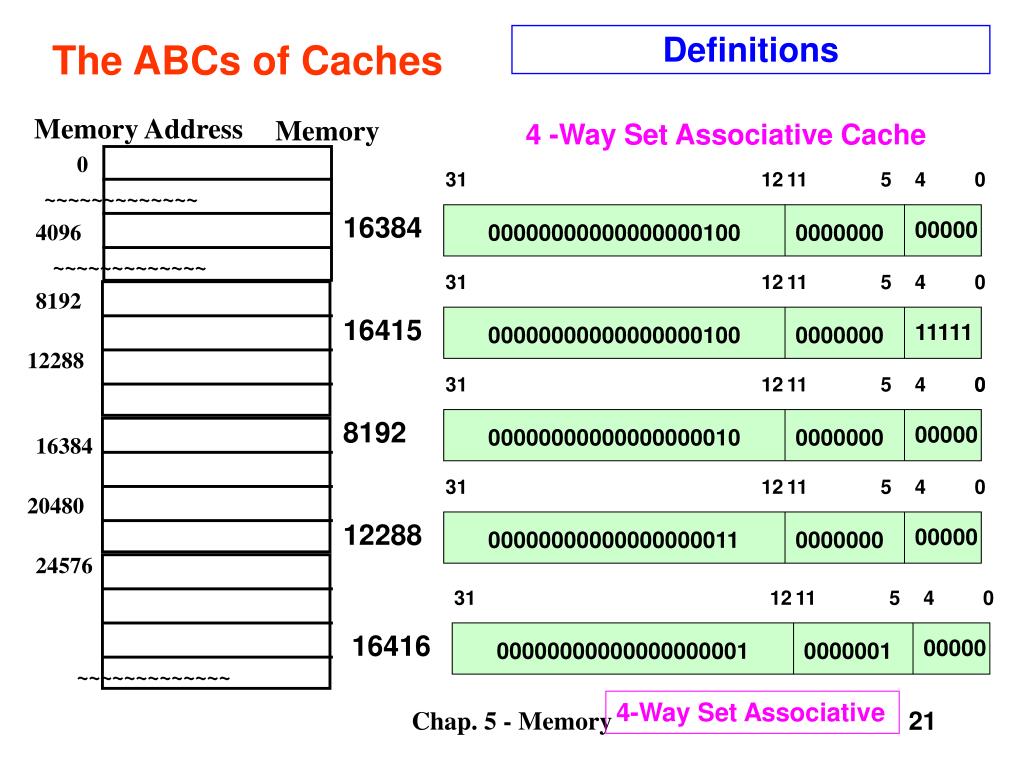
Solitary play. Children usually have solitary play from ages 0-2. They’re not interested in playing with anyone just yet and are happy to discover their toys alone. This phase is important because they learn motor skills, cause and effect, awareness of their surroundings, and — to the relief of exhausted parents everywhere — to entertain themselves.
Onlooker play. At about two years old, children start something called onlooker play. That means they simply watch other kids play on the playground or at daycare. They might ask questions or even converse with the other kids, but prefer to keep their distance.
Parallel play. Parallel play usually happens from ages two and up. Having recently discovered their motor skills, toddlers are now more confident and ready to use them. In this stage, they’ll often sit nearby other kids and play with their own toys. They also won’t necessarily talk or try to converse but are learning to work alongside each other.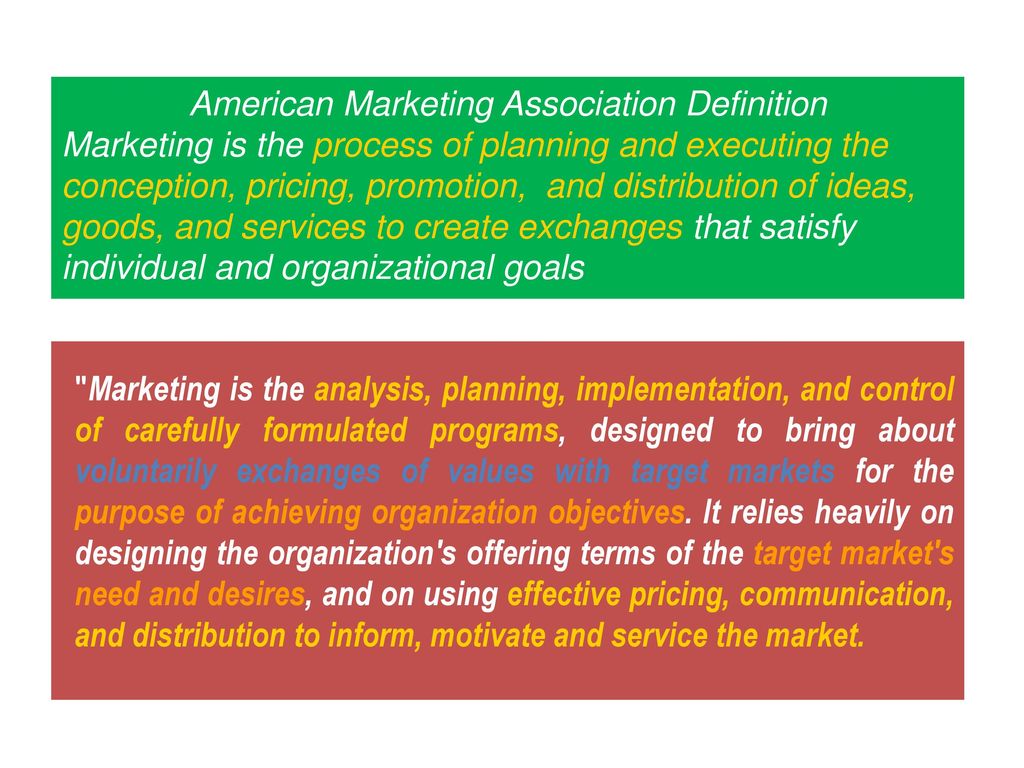
Associative play. Kids typically start associative play around age three. In this stage, they start to do common activities or might share toys and materials with their peers. They might participate in the same activity, like running around in a circle or playing dress-up, but that activity usually isn’t organized and doesn’t have a goal. There’s little communication because each child is absorbed in what they’re doing.
Cooperative play. In cooperative play, kids are starting to show interest in each other and the activity. They might plan a game of duck-duck-goose or maybe play a game of sports. Cooperative play teaches kids how to handle conflict, regulate emotions, and learn how to compromise. Cooperative play is an essential part of a child’s emotional and social development.
Benefits of Associative Play
When your child is a toddler, they’re so interested in discovering new things that they can often ignore the world around them and become self-absorbed.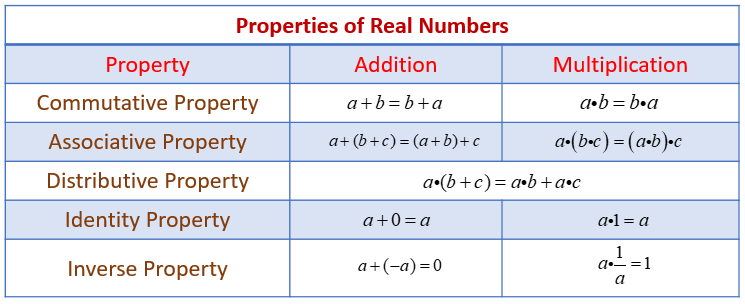 When they enter the stage of associative play, they’ll typically start to branch out from their own experiences, interact with others, and make friends.
When they enter the stage of associative play, they’ll typically start to branch out from their own experiences, interact with others, and make friends.
Associative play can help to improve language skills, problem-solving, and general social cooperation. Your child will also learn how to share or barter toys and think for themselves. They might communicate about a common activity or even allow or deny another child access to their play circle.
There are so many benefits to each stage of play, from newborn to preschool. Children develop critical social, functional, and emotional skills during these play sessions, but try to remember there is no strict timeline for when a child should advance to another type of play. Every person is different, and kids are no exception.
Associations, associative thinking. Word games in association. Dictionaries
Hello, dear readers of the Russian Word blog.
Today I want to talk to you about what is association, associative thinking and why it is important to develop the ability to think associatively.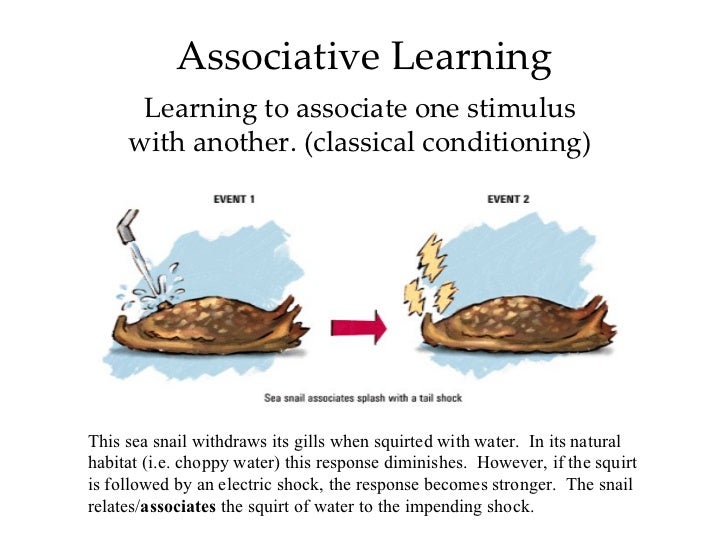 At the end of the article you will find links to great resources to help you choose associations, as well as exercises and games that develop associative thinking.
At the end of the article you will find links to great resources to help you choose associations, as well as exercises and games that develop associative thinking.
Ideas about the surrounding world and the concepts that a person's memory possesses are undoubtedly interconnected. This connection is based on the past experience of a person and reflects the objectively existing dependence between the phenomena of the real world. Associations play a very important role in the structure of the lexical system of the language.
Nikolai Vyacheslavovich Krushevsky, Polish and Russian linguist, language theorist of the 19th century:
Every word is related to other words by bonds of association by similarity; this similarity will be not only external, i.e., sound or structural, morphological, but also internal, semasiological. Or in other words: every word is capable, due to a special psychic law, and to excite in our spirit other words with which it is similar , and to be excited by these words.
..
Semasiology is a branch of semantics that studies the lexical meanings of words and expressions and changes in these meanings.
Semantics studies the semantic meaning of language units.
What is an association
The word "association" has many meanings. In psychology and philosophy, an association is a connection between certain ideas, sensations, perceptions, when one image entails another image or concept.
Ideas about the relationship between concepts and images were developed by Aristotle and Plato. Over time, the science of associations has developed, and now several types of associations are already distinguished , such as:
- associations by similarity (for example, a match is fire),
- for contrast (liquid - thick),
- by proximity in space or time (cream-cake),
- causal associations (onions - tears).
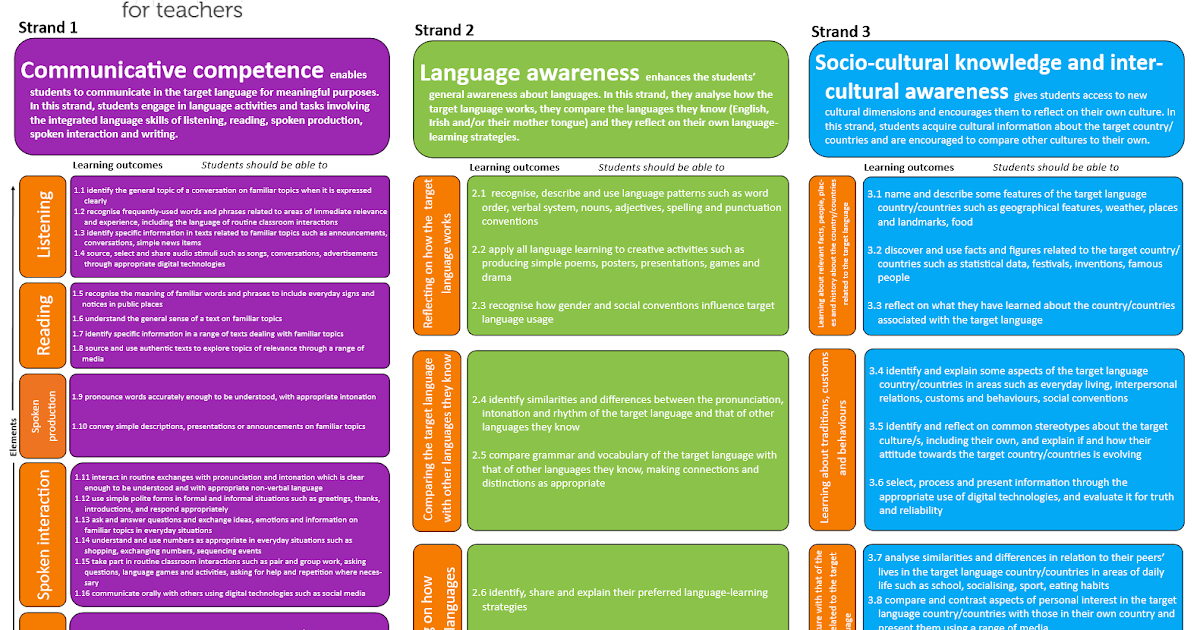
Associative thinking is thinking in images , it is a person's ability to find and apply various associations, that is, analogies. In order to better understand a thought or just remember something, a person is looking for associations. Thus, new original ideas are created, original semantic connections appear.
Memorization of new phenomena, objects, events and facts usually occurs on the basis of existing experience. At the same time, we “turn on” the imagination, look for associations and memorize a new word, linking it to something familiar to us.
For example, to remember the pin code of a bank card 8007, an associative chain is built: the year of the Olympic Games in Moscow + seven wonders of the world. And that's it, the numbers of the pin code are firmly "settled" in your memory.
Associative thinking is multifunctional, it helps us to work and think more productively.
Any person who strives to keep his intellectual baggage in good shape must constantly develop associative thinking .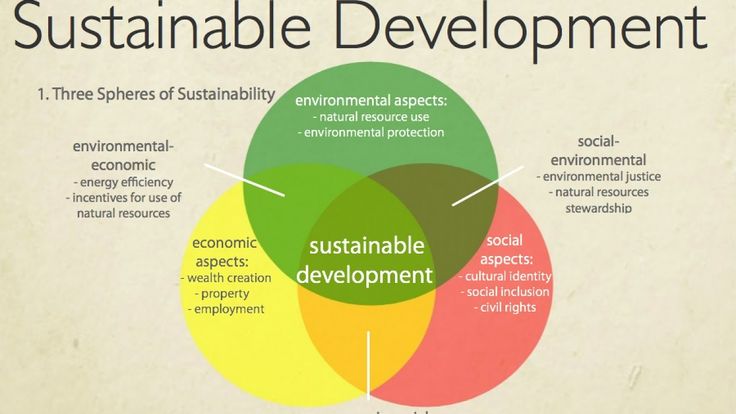 This process does not require a long, painstaking training, anyone can do it at any time. And the result will not keep you waiting.
This process does not require a long, painstaking training, anyone can do it at any time. And the result will not keep you waiting.
In order to develop associative thinking, you can find reinforcements for your activities every day in everyday things. Watch passers-by, passengers in transport, try to guess their age, social status, etc.
Simple exercises for the development of associative thinking
Exercise 1. We are looking for a number of associations.
First we name two words, and then we make a series that would begin with the first word and end with the second. For example: a brush is a museum. Brush - canvas - artist - painting - museum.
Exercise 2. Create an association chain.
We invent a word, select an association word for it, and do the same with the next word. For example: umbrella - rain - cold - warm tea - fireplace - house, etc. These chains will be unique, because each person will have his own associative array.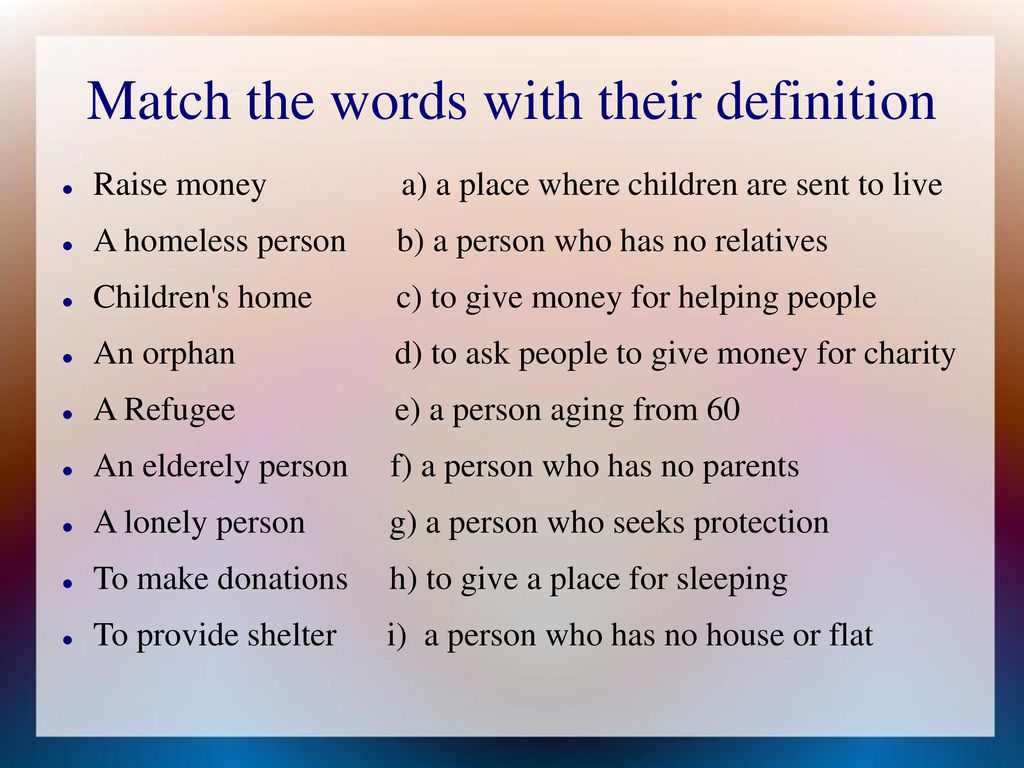
Exercise 3. One sign.
Our task is to find associations for two words according to a given attribute. For example: blue and boundless - the sea.
Exercise 4. Original associations.
Create unusual associations that are not so clearly implied. For example: hedgehog - needle bed.
Such developmental exercises stimulate thinking, it helps to analyze some information, memorize any information more firmly and without much stress, write essays.
One of the best trainings for the development of associative thinking is the intellectual game “What? Where? When? ”, After all, participants answer questions thanks to the logic of thinking, imagery, thanks to the quick organization of associative chains, and not just using general erudition.
Games in the association
Everyone knows the game in the association "Crocodile". Helps to have a lot of fun. Rules of the game Crocodile
Participants are divided into 2 teams.
In turn, from each team, a leader, or “shower”, is selected. The opposing team offers him the floor.
The leader shows the hidden word to his team with the help of pantomime (gestures and facial expressions). The team must guess the word guessed by the opponents. During the display of the word, the players of the guessing team must name the word as quickly as possible and offer many versions of the correct answer.
Basic rules for the presenter:
- it is forbidden to pronounce any words and even sounds, as well as articulate with lips;
- the word cannot be collected in parts, it should be shown in its entirety at once;
- must not be pointed at surrounding objects that directly or indirectly point to the hidden word.
The main criterion for winning or losing is the time spent guessing words. The team that spends less time in aggregate is considered the winner.
And at the end of my article on associations, I want to recommend 2 excellent resources to help develop associative thinking.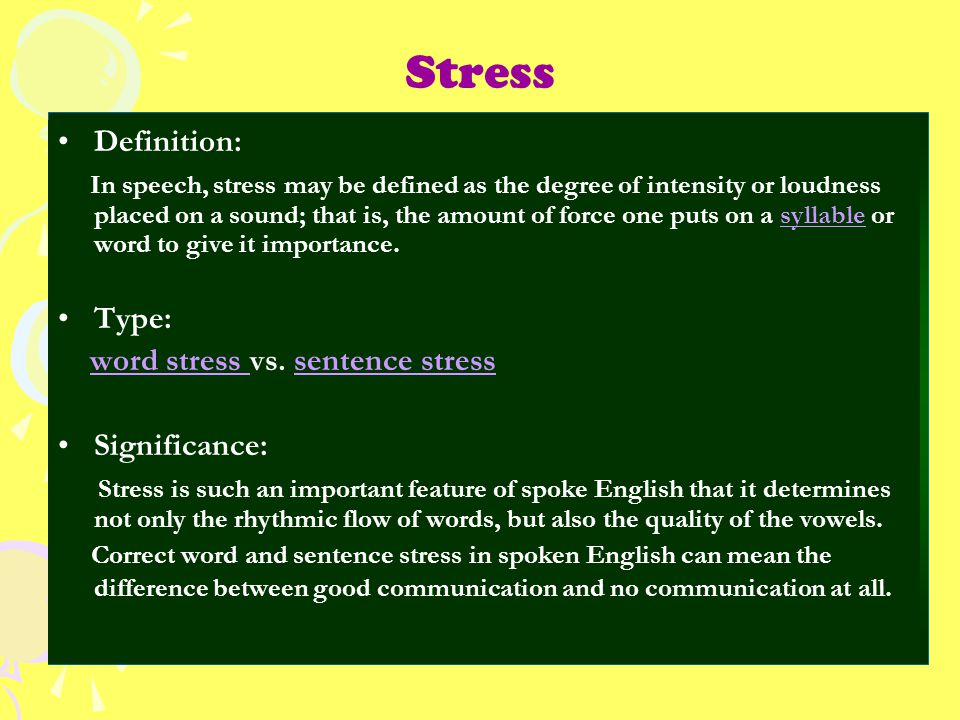
I already mentioned one of them in the last article about associations (it's here).
Sociation.org is a game of association with the collective mind.
This is an experimental non-commercial project that aims to collect the largest dictionary of associations in the Russian language.
Another resource - Word Association Network
Wordassociations.ru - gives you the ability to view associations to any word. Each word is accompanied by dictionary entries from the dictionaries of D. Ushakov and V. Dahl. And even drawings. Great project! Highly recommend!
The author and creator of the wordassociations.ru project Yuri Rotmistrov believes:
The word has its own history. The word does not appear from scratch and does not appear from nothing. Words in the language are not randomly scattered, but form a solid foundation filled with harmony of meaning.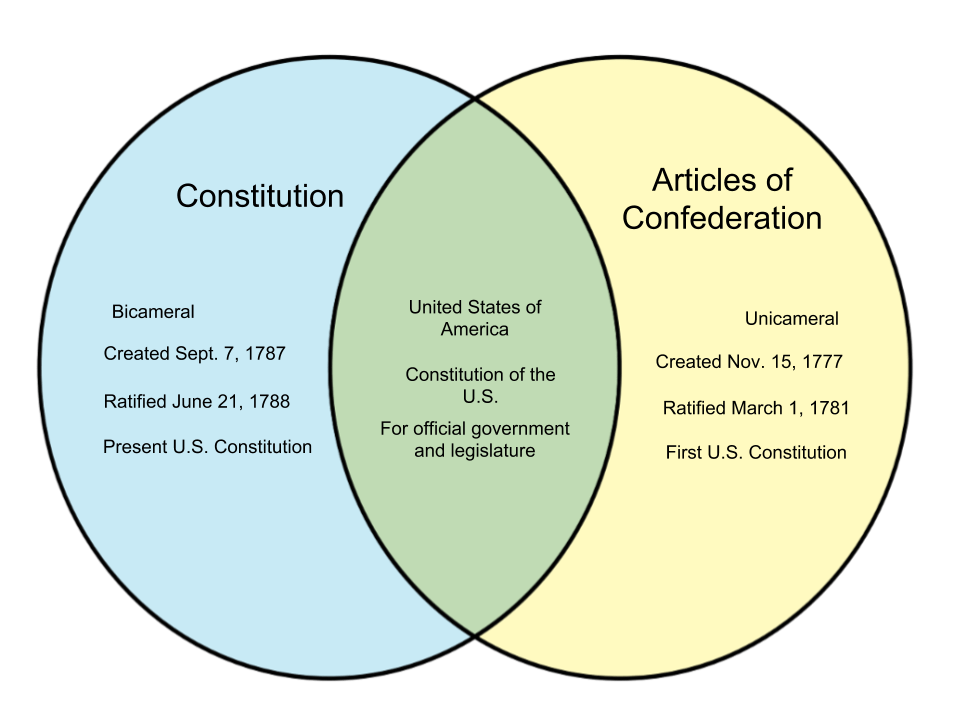
Language is not a random formation of words, language is an integral world in which words live. Here they live by their own rules and follow their own laws.
Just as a fortress is built from carefully selected and hewn stones, language arises from the ordering of words. Like the stones of a temple, firmly bound by a clay solution, words are tightly linked by semantic links.
Words live together with a person – they unite generations… Language is a temple of human thought. A temple where every word has its own unique meaning.
Language, just like a temple, gives a person immortality…
Great words!..
Associations, associative thinking. Word games in association. Dictionaries. Game posts for VKontakte
There are many games with associations, and they are all very simple and fun - just what you need for a group of friends. Most of them have flashcards with words to explain. Some games even come up with new meanings.
Why do some associations seem strange to us, while others are absolutely understandable and logical? This is because we combine objects according to different principles: by similarity or, conversely, by contrast, we build cause-and-effect relationships and find something in common in time or space. So, for some, the plane will be associated with birds, because it flies and it has wings, and for someone with twins, because it was invented by the Wright brothers. In addition, our erudition affects mutual understanding: associative thinking primarily uses the storerooms of our memory.
The best way to understand in practice how our mind builds connections between individual events, facts and objects is to play one of the board games with association cards.
Are you over 5 years old to play games?
If you still think that board games are for kids, then you've probably never played Age of Empires or Game of Thrones. Because not every adult is able to understand their rules, not go crazy and get to the very gameplay.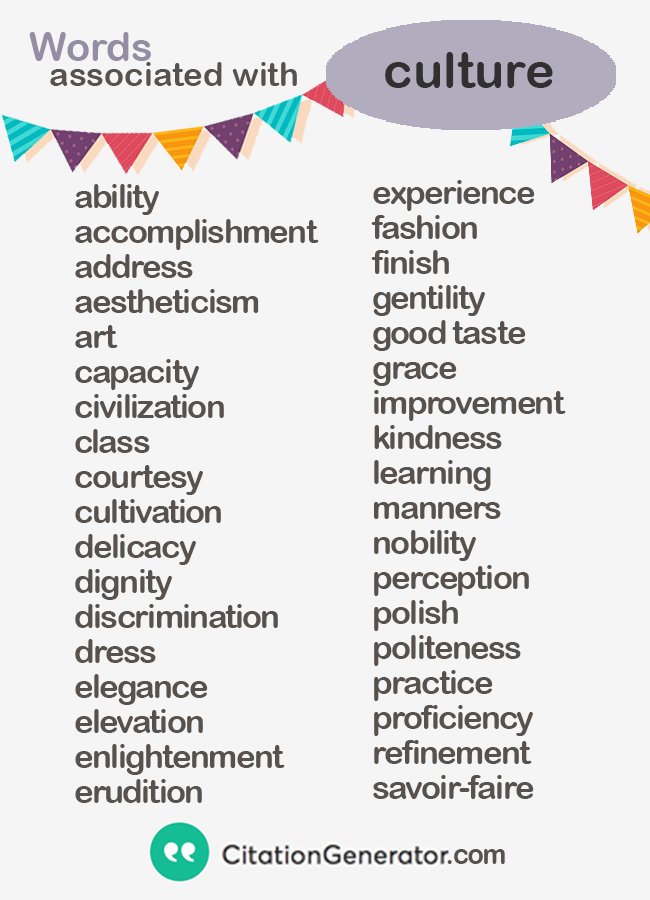 Fortunately, association games are usually very simple: the rules take up no more than two pages, are quick to read, and easy to understand. At the same time, associative games are always very positive, so everyone likes them, regardless of age, religion and race. They are happy to play at home and at corporate parties, take them with them to the country house and on vacation. Speaking of corporate parties: games are a great option for team building, if you understand what we are talking about.
Fortunately, association games are usually very simple: the rules take up no more than two pages, are quick to read, and easy to understand. At the same time, associative games are always very positive, so everyone likes them, regardless of age, religion and race. They are happy to play at home and at corporate parties, take them with them to the country house and on vacation. Speaking of corporate parties: games are a great option for team building, if you understand what we are talking about.
Something useful
Board games for associations develop:
- Imagination and creativity: they teach to think outside the box, finding original solutions. After all, the number of generated ideas directly depends on how wide a range of associations you have;
- Analytical skills , helping to find connections between the most disparate objects;
- Logic ability : In games where you have to guess words, for example, it is very important to trace the thread of reasoning.
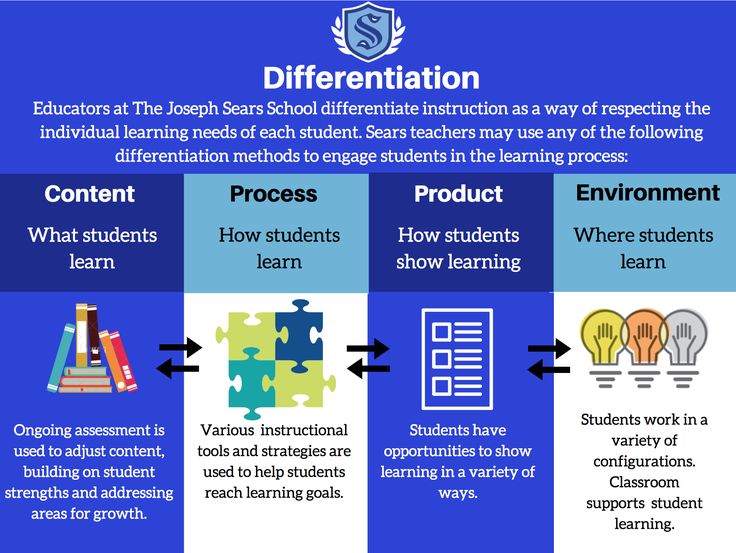
Imaginarium
Imaginarium is the first association for board games on... associations. And all because it is almost entirely built on the work of the imagination. Here you need to make associations, choose pictures for them, and then try to guess where the fantasy author's card is. The game develops not only associative thinking, but also helps to get to know each other better. After all, in a few moves, you will already know who has read Stephen King and who has not.
Activity
Activity is the most famous game in which you need to explain words to each other in three ways: draw, tell and show. The method depends on which field your chip is on. And where it will come directly depends on you: you first decide how difficult it is to take a card with words, and only then explain it, moving forward if successful. This is a great game for a party, family get-togethers or meeting with friends.
Equiwoki
Equiwoks develop not only imagination, but also the most amazing skills.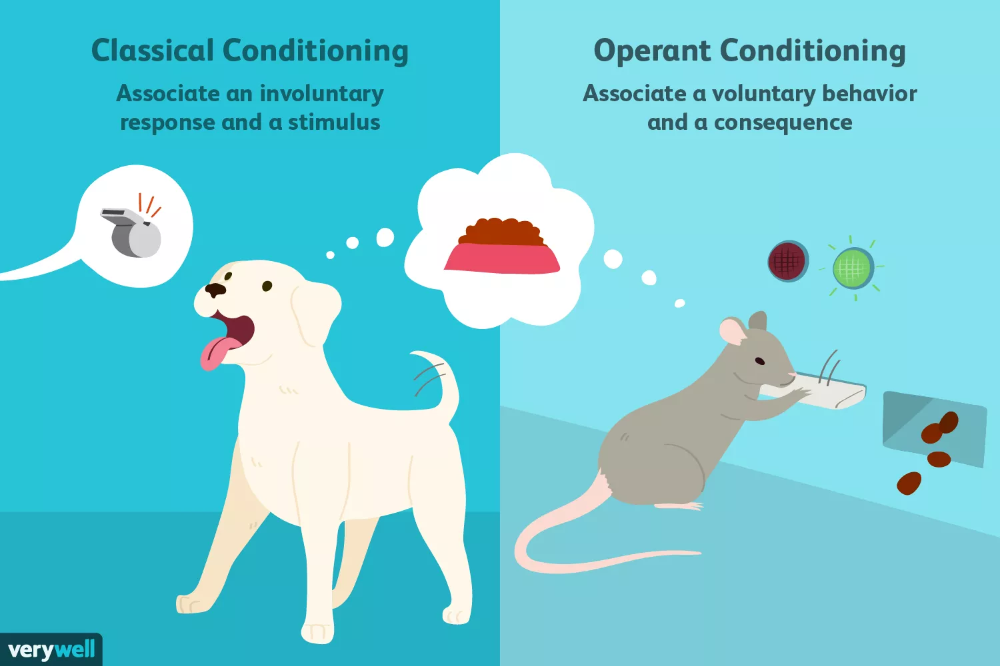 So after hundreds of games, you can read any word backwards on the first try. Even the synchrophasotron. And all because there are a lot of ways to explain words - from drawing to modeling from plasticine. And every move is decided by a roll of the die: beware of the six - the craziest tasks are in this deck
So after hundreds of games, you can read any word backwards on the first try. Even the synchrophasotron. And all because there are a lot of ways to explain words - from drawing to modeling from plasticine. And every move is decided by a roll of the die: beware of the six - the craziest tasks are in this deck
Elias Party
Elias Party is another popular game where you have to explain words to each other. True, you don’t have to show and draw - just tell. But you may well come across a bonus task: are you ready to think, speak and jump on one leg at the same time? Can you explain a few words in a row, keeping a formidable mine on your face? Yes, quantity matters: the more task cards your team completes in a minute, the further the chip will move forward. And, of course, the one who comes to the finish line first will win.
Boom
Gossip readers will automatically have an advantage at the beginning of the game, because in the game Boom you have to explain celebrities to each other. This is done as follows: everyone is divided into teams of two people, and a certain number of cards are drawn from the deck. Then everyone takes turns talking about famous personalities to their partners, without naming them. The task is to guess as many as possible in the allotted time. When the cards run out, the results are recorded and the second round begins. Now the same persons need to be shown to each other. In the third stage, for an explanation, you will have the opportunity to give only a hint - to pronounce one word that causes an association. Boom is not only an opportunity to have fun in the company, but also a great way to get to know each other better and make friends.
This is done as follows: everyone is divided into teams of two people, and a certain number of cards are drawn from the deck. Then everyone takes turns talking about famous personalities to their partners, without naming them. The task is to guess as many as possible in the allotted time. When the cards run out, the results are recorded and the second round begins. Now the same persons need to be shown to each other. In the third stage, for an explanation, you will have the opportunity to give only a hint - to pronounce one word that causes an association. Boom is not only an opportunity to have fun in the company, but also a great way to get to know each other better and make friends.
Damaged phone
It's easy to draw any word. Understanding what is depicted is also quite simple: a hundred out of a hundred players can handle it. But for these answers to coincide, it rarely happens - only if a group of professional cartoonists join the game. As you already understood, in the Damaged Phone, you must first draw a hidden word, then identify the picture and write your own version, which will be drawn by the next player.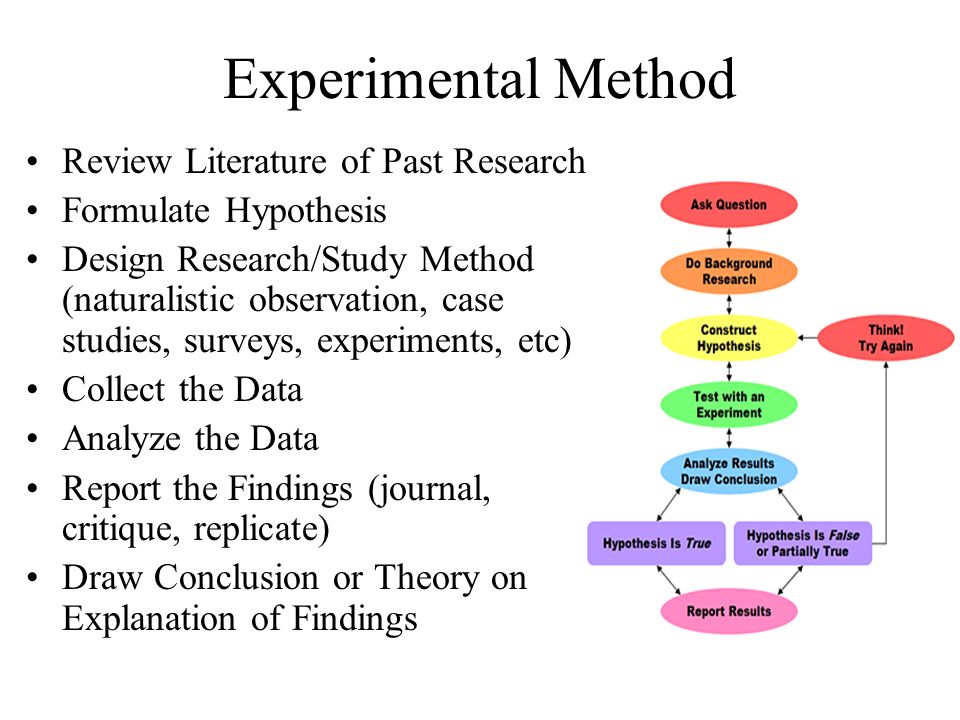 So the sheriff can easily become a bank robber, and a girl can easily become a boy. Studying the chains of drawings and word associations to them, you will definitely smile, and sometimes even laugh out loud.
So the sheriff can easily become a bank robber, and a girl can easily become a boy. Studying the chains of drawings and word associations to them, you will definitely smile, and sometimes even laugh out loud.
Tick Tock Boom Party
The most important thing in the game Tick-tock-boom party is a plastic bomb. Because it can explode in your hands at any moment, and no one knows when this will happen. Therefore, you need to complete all the tasks very quickly: remember celebrities, invent words or make anagrams out of them. Having coped, you need to throw a bomb to a neighbor - now it's his turn to worry. Tick-tock-boom is an insanely addictive and very fun game. The plastic projectile makes a very authentic explosion sound, amusing everyone around, and a randomly triggered timer adds adrenaline to the game. That is why Tick-tock-boom is not just a word game, but a real bomb of any party.
Abracadabra
>Can you convince your friends that Romaika is a Jamaican alcoholic drink? And if each of them puts forward his own, no less convincing version? As you already understood, in Abracadabra you need to come up with new interpretations of different little-known words through associations.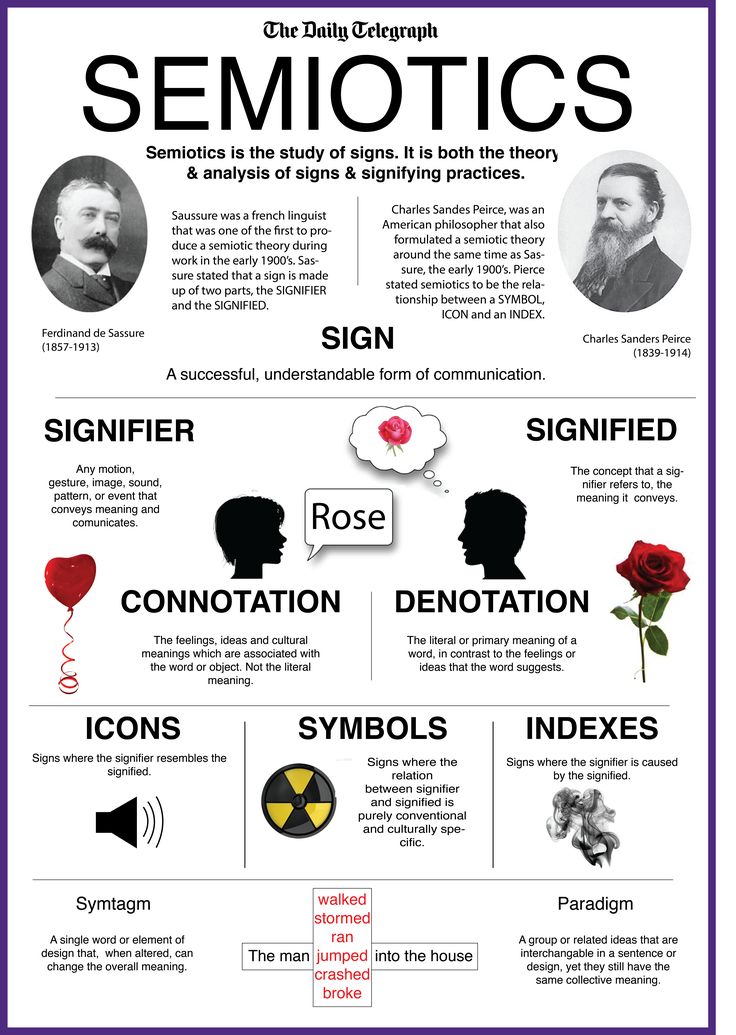 And then vote for the option that seems closest to the truth to you. By the way, in fact, "romaika" is a folk Greek dance. True, hardly anyone will believe it.
And then vote for the option that seems closest to the truth to you. By the way, in fact, "romaika" is a folk Greek dance. True, hardly anyone will believe it.
Crocodile Big Party
Crocodile is a game in which you need to show each other the words, trying to keep within a minute. In the Big Party, you will need to not only show them, but also draw and explain them. Only, unlike Activity and Ekivoki, you yourself choose the way to convey your thoughts to your partner. Additional fun is provided by special cards "buns-traps": they complicate the task in different ways. Each turn you can take a similar card, and if you cope with the explanation of the word, despite the obstacles, then it will remain with you. And you can play it against a rival team or use its second, easier to explain, property to your advantage.
Manual
" and everyone plays this game in their own way. If there are four or more of you, sit in a circle. The host whispers to his neighbor on the right any that came to his mind.
The next person also invents his own association to "Newton" or "tree" and communicates it to his neighbor. Thus, all players in the chain pass their associations to each other - .
Tip
If your company is small, you can use another version of the game. Someone first says the word, and then everyone takes turns calling their associations to it. If the association is too unexpected, the player explains it. The game goes on until the participants get bored. And during the game, you can find out a lot of funny stories from the life of your friends.
Sources:
- Board game "Associations"
- Let's play associations!
2 teams participate in the game "Crocodile". Each should have 4 people. We need a leader and a person who knows how to count well. He will announce the results of the rounds and the entire game.
Warm-up
The game "Crocodile" begins with it. You have 30 seconds to warm up.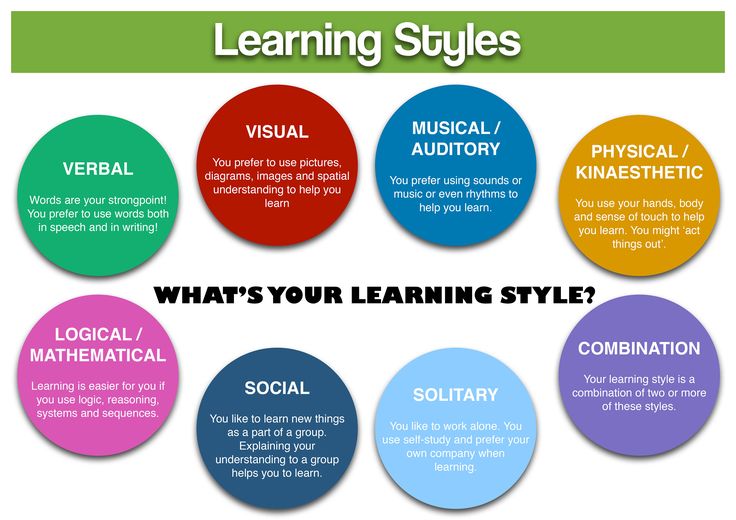 The team chooses one person who, with the help of facial expressions and gestures, will try to show a certain object. What exactly is on a sheet of Whatman paper. It is placed in such a way that no one from the team can see what is written on it.
The team chooses one person who, with the help of facial expressions and gestures, will try to show a certain object. What exactly is on a sheet of Whatman paper. It is placed in such a way that no one from the team can see what is written on it.
If the object is guessed correctly, the word is spoken aloud, then the team receives 5 points. If it is called incorrectly, then 5 points are immediately subtracted from the result obtained.
The facilitator or the person chosen before must strictly control the number of points. He will keep track of the points earned by the Crocodile players.
The manipulation of a silent participant trying to show an object is amusing to watch. He is unable to speak at this moment.
Then the brigades change places, a member of the opposing team shows the words. Then the player changes again. Thus, everyone takes turns showing what they are capable of.
At the end of the "Warm-up" the results are summed up. Each team is credited with as many points as it has earned through the efforts of all participants.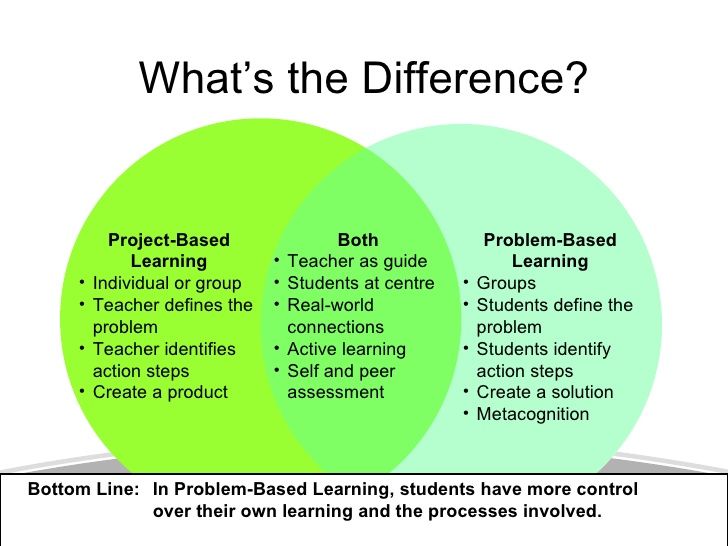
Theme Round
After the players have warmed up, the Theme Round awaits them. For each team, he is given 90 seconds. In the round - 5 topics of 5 words. Difficult words "cost" more, for them you can instantly get a lot of points (if you can guess).
As in the previous round, the players are also silent in this round and come out in turn to reveal one word. If the team cannot guess it in any way, then the mime can say: “Stop” to save the allotted time.
You can think of any topics. For example "Office", "Village", etc. The participant names the topic and has the opportunity to see the word. With the help of gestures and his facial expressions, he depicts an object, and the team guesses. The “price” of words is from 10 to 30 points. For 10 - easy, for 30 - difficult. At the end of this round, the results are also summed up.
Situation round
The player is put on a mask, and he shows only gestures - no facial expressions. 40 points are given for each correct answer.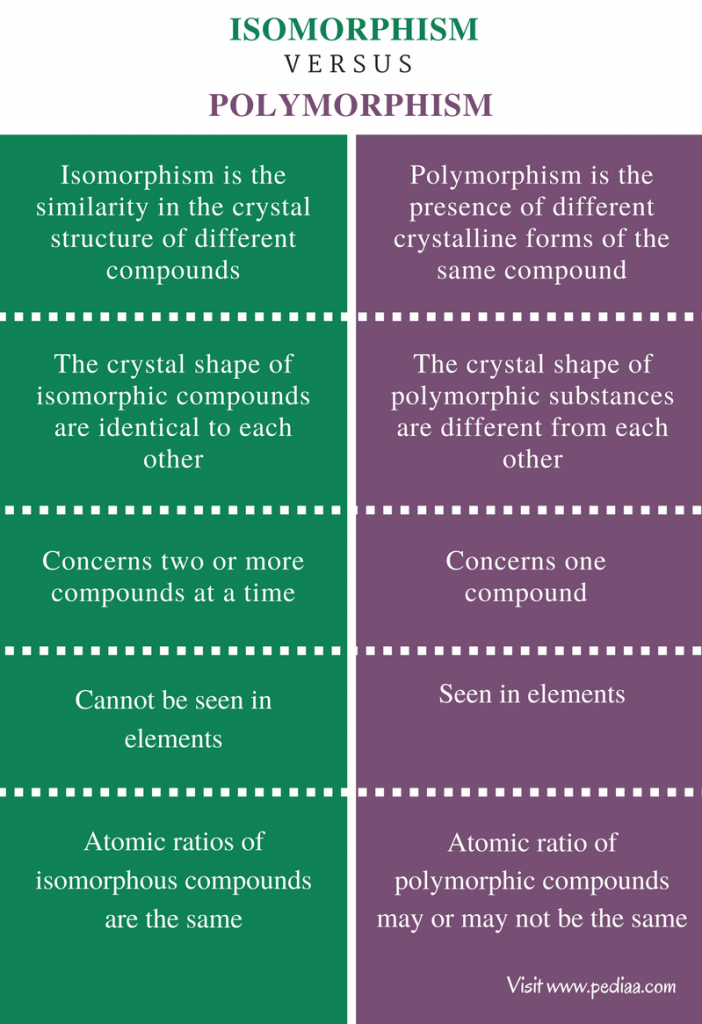 The time for one show is 40 seconds. There are many situations that can be described in one word. For example: acquaintance, quarrel.
The time for one show is 40 seconds. There are many situations that can be described in one word. For example: acquaintance, quarrel.
Not everyone participates in this round, but only 2 people from each team.
"Book", "Round-attraction" and the result
The next task is to guess the book. She is silently portrayed by a person who is not a member of either of these brigades. If the time is up, the team did not guess correctly, then the right to name the book passes to the rivals. Showing one book takes 30 seconds. For a correct answer, 40 points are awarded.
A screen is taken out for the Attraction Round. There is a light behind her. Competitors see only the shadow of their pointing player. 2 people from each team take turns. Pantomime for 40 seconds should "show" a cartoon, TV show or movie. For each correct answer, 60 points are awarded.
Duels are held in the final round. Two opponents from different teams stand with their backs to each other. Each depicts some great person.
Each depicts some great person.
At the end, all rounds are summed up and the winner of the Crocodile game is announced.
Crocodile is played by 2 teams of 4 people. A fun competition consists of five rounds. The one who “shows” the word does not have the right to talk at this time. Only facial expressions, gestures, or, depending on the theme of the round, one of these is allowed.
Manual
Before you plunge into the world of facial expressions and gestures, choose a leader and decide whether he will be a part-time accountant or will entrust this mission to someone else. When the roles are distributed, you can start playing Crocodile.
If you've been chosen as host and bookkeeper, start the playful competition with the first competition, called the Warm Up. Prepare for it, as well as for the subsequent ones, in advance. Take several A4 sheets and write words on them with a large felt-tip pen. First, call the first member of one of the teams, which one will be decided by a draw.
Show the player words one at a time. Stand so that only he sees them, and the team does not have such an opportunity. The player must be silent and try to convey the word he has seen to his team using gestures and facial expressions.
If they guessed right, give them 5 points. Subtract 5 points for an incorrectly named word. After thirty seconds, the turn passes to the opponents. Then the second person of the first team comes out. Follow the order and follow the rules.
Good afternoon, dear readers!
Probably, each of you is familiar with the association game: when one person calls the word, and the other - the association to it. My daughter (2y 8m) and I came up with our own association game for children , which allows you to develop not only associative thinking, but also memory and attention.
Association game also:
- develops connected speech;
- teaches the child to describe objects;
- teaches generalization;
- helps to learn foreign languages.

Association rules for children
You will need several different items to play associations. These can be soft toys, dolls, card sets, small toys from Kinder Surprise, cars of different brands. Start from what is currently interesting to the child.
The essence of the game is that the mother thinks of one object and begins to describe it, and the task of the child is to guess what was conceived. Then mother and child change places.
The game can have several difficulty levels.
The easiest option is when all the items are in front of the child. At the same time, mom simply chooses one of them and talks about it. Guessing the child in this case will be the easiest. And it’s easier to describe the object himself, because he sees it.
Another option is when all the toys remain in front of the child's eyes, and one hides behind his back. So guessing and describing is already more difficult. To give a description, the child must remember the toy well, and this is memory training.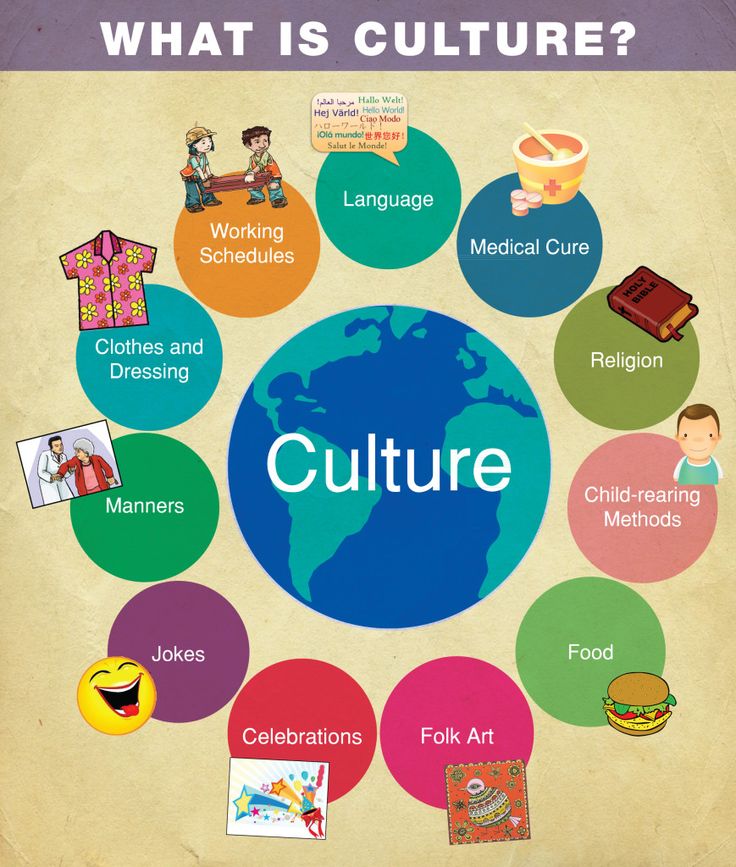
And the most difficult option is when you and your child first study the toys participating in the game, then remove them from the child's field of vision, and hide one object behind your back and give it a description. For greater interest, this item can be placed in front of you and covered with a scarf.
How we play associations
Playing brings Anyutka great pleasure. We play on the second and third options. She herself brings very different objects for the game of association. Sometimes they remain right in front of our eyes (but not in a row, but arranged in different places within the room), and sometimes we remove them. To make it more fun to play, I sometimes make mistakes on purpose, I am surprised, and I behave very emotionally.
I begin to describe the toys, Anyutka guesses. It is, of course, more difficult for her to talk about the subject, but each time it turns out to be more and more interesting.
At first the description of the daughter was short:
“Anechka, who did you hide, please describe?”
"Cat!" Anya replies happily.
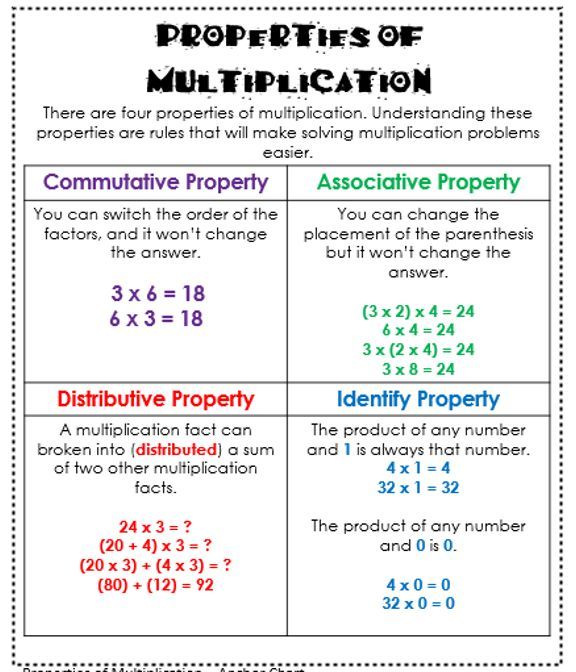
"What is he like?" I ask a leading question.
“Well, he's yellow, with paws,” the daughter answers.
English language learning can be connected to the game: new words are remembered instantly. How? It's very simple: mom begins to guess the name of toys in English: a cat? a dog? By the way, Anya switches very quickly, and also begins to guess in English. And if he doesn’t know, then he immediately asks: “what will the bull be like in English?” So, if you don't know where to learn English, the game will help you remember many new words.
This is such a simple and fun game. And not just a game, but a great mom tool for.
Try it! You'll like it!
Tasks: development of associative thinking.
Change period: second half of the main period.
Age of children: from 12 years old.
Duration: from 30 minutes.
Number of children: the whole squad.
Location: detachment place.
First, the counselor explains the meaning of the word association.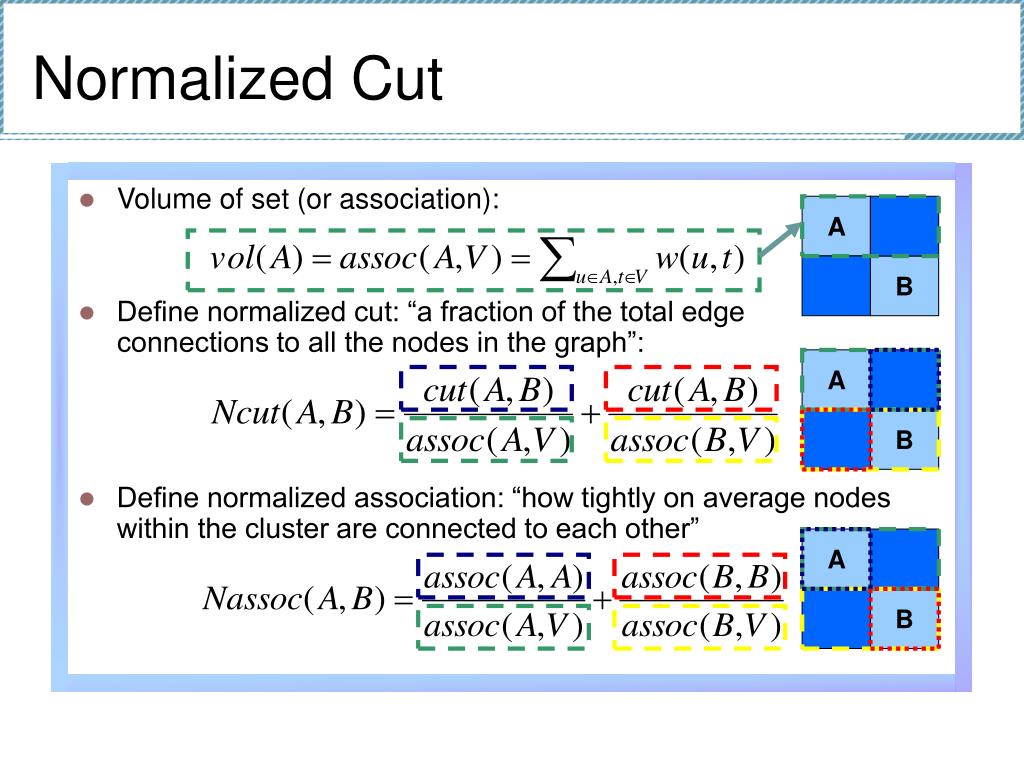 Then he says: “Now I will guess one of you. And you ask me with what tree, stone, animal, plant, etc. he is associated with me.
Then he says: “Now I will guess one of you. And you ask me with what tree, stone, animal, plant, etc. he is associated with me.
The ball is thrown in a circle (arbitrarily) and everyone who has the ball in their hands calls the word. The one to whom they threw it calls the word association to what was said by the previous participant. The topic for associations can be set. The game can be a transition from one theme to another.
Variant in words
The rules of the game are simple. The participant says some phrase or word, (preferably a phrase) and the next one who looked here should say what association this phrase causes in you. Again with a phrase or a word.
- Player 1: Awesome Cream Cake
- Player 2: Birthday!
- next player: Birthday - once a year
Etc. in a circle ...
4 people play two by two. Players are arranged in a circle so that two players playing together are opposite each other. One of the players (Vasya) thinks of a word (a noun, in the singular, in the im case, which is not a name or title) and communicates it (in the ear) to the player following him clockwise (Petya). Now in each team one player knows the word and the other does not. The goal of each of the players who know the word is that, by naming associations for these words, to ensure that the other player from his team thinks of what word is conceived, and earlier than the player from the other team. The team that guessed correctly gets a point, and now the player next after the one who thought this time will conceive the word. Guessing goes like this. The player who was told the word (Petya) starts first. He pronounces the association aloud - a noun, in singular. number, in them. case, which is not a name or title, and is not cognate with the intended word. (If a player violates this rule when naming an association, then his team automatically loses a point, and the next player thinks of a new word). Another player from his team reports his version aloud. If he guessed correctly, the game ends. If he didn’t guess, then now Vasya makes his hint: he says aloud his new association, and can also say any associations to this word from those that have already been mentioned (regardless of who called him, or the player from another team).
Now in each team one player knows the word and the other does not. The goal of each of the players who know the word is that, by naming associations for these words, to ensure that the other player from his team thinks of what word is conceived, and earlier than the player from the other team. The team that guessed correctly gets a point, and now the player next after the one who thought this time will conceive the word. Guessing goes like this. The player who was told the word (Petya) starts first. He pronounces the association aloud - a noun, in singular. number, in them. case, which is not a name or title, and is not cognate with the intended word. (If a player violates this rule when naming an association, then his team automatically loses a point, and the next player thinks of a new word). Another player from his team reports his version aloud. If he guessed correctly, the game ends. If he didn’t guess, then now Vasya makes his hint: he says aloud his new association, and can also say any associations to this word from those that have already been mentioned (regardless of who called him, or the player from another team).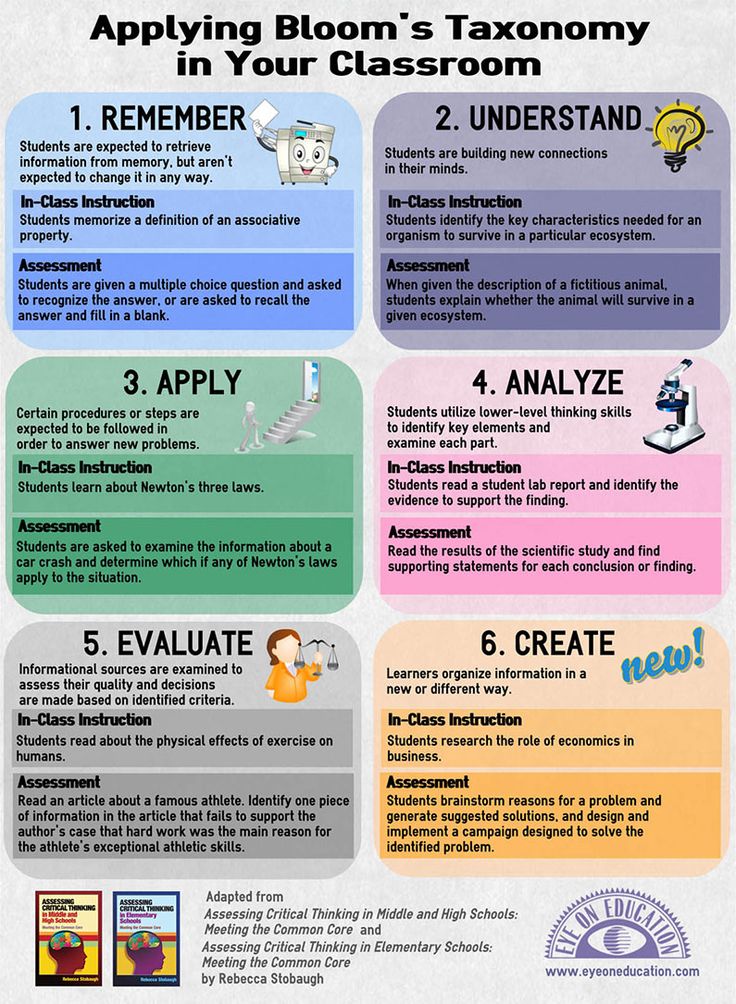 These associations (including the new one) can be pronounced by him in any order, and only once. After this player names a set of associations, another player from his team names his version of the answer. If he guessed correctly, the game ends. If he did not guess correctly, then again Petya makes his hint, then again Vasya, then Petya, then Vasya (that is, only 6 times). If by this moment the word has not been guessed, then it is considered that the word was difficult, none of the teams gets a point, and the next player (Petya) guesses a new word. And finally, the last important rule. When a player who knows a word names a set of associations, now another player from his team must name his version of the guessed word. But while he is thinking, the guessing player from the other team has the right to name his answer without a queue. If at the same time he guesses the word, then his team gets a point, but if he does not guess, then his team loses the point. After that, a new word is conceived (already by the next player, as usual).
These associations (including the new one) can be pronounced by him in any order, and only once. After this player names a set of associations, another player from his team names his version of the answer. If he guessed correctly, the game ends. If he did not guess correctly, then again Petya makes his hint, then again Vasya, then Petya, then Vasya (that is, only 6 times). If by this moment the word has not been guessed, then it is considered that the word was difficult, none of the teams gets a point, and the next player (Petya) guesses a new word. And finally, the last important rule. When a player who knows a word names a set of associations, now another player from his team must name his version of the guessed word. But while he is thinking, the guessing player from the other team has the right to name his answer without a queue. If at the same time he guesses the word, then his team gets a point, but if he does not guess, then his team loses the point. After that, a new word is conceived (already by the next player, as usual).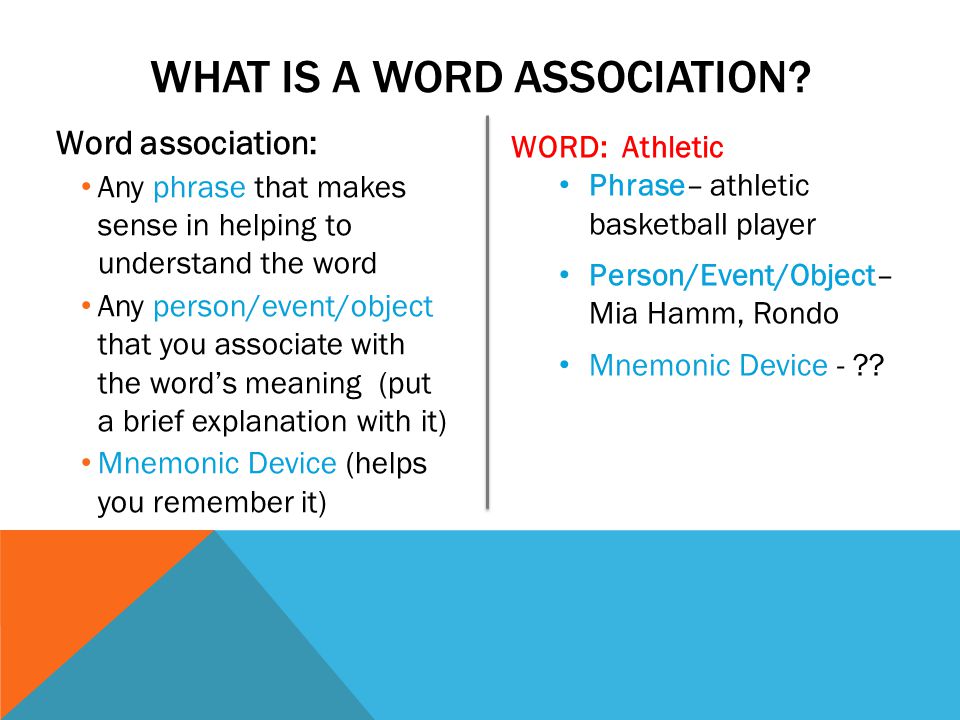
The players choose one of those present. The driver must guess it. To do this, he asks questions: "Suppose the person you conceived to be furniture. What object does it remind you of?" Analyzing the answers of the players, the driver tries to find out who is hidden.
The players are divided into two teams. A draw determines which team starts the game. The first team selects a player from the opposing team and guesses a word, a proverb, the name of a movie or song (the theme of the game is determined by the choice of the players), and the selected participant must pantomime show his team the task he was given so that his team could solve it. You are given 1-3 minutes to guess. The winner is the team that guesses more tasks or puts the opponent in a difficult situation more times when he cannot guess the task.
In a circle. The first whispers a word in the ear of the second, he tells his association to the next.
Everyone sits in a circle, and someone speaks any word in the ear of his neighbor, he must immediately say his first association with this word in the ear of the next one, the second - the third, etc. until the word returns to the first. If from a harmless "chandelier" you get a "gangbang" - consider that the game was a success.
until the word returns to the first. If from a harmless "chandelier" you get a "gangbang" - consider that the game was a success.
It is best to play the game in a company where people know each other well, and where everyone has already formed a certain opinion. The game is played as follows. All participants come together. The leader is selected. He silently thinks of one person from those present. The task of the rest is to find out who the leader has chosen. All participants in the game take turns asking the host questions on associations. The facilitator thinks for a moment and pronounces his association. The participants of the game carefully listen to the answers and try to put all the associations into a single image, this allows you to guess the intended personality. Whoever correctly calculates the selected person first wins and gets the right to become the leader in the next game. The word "association" refers to the leader's impression of a given person, his personal feelings, some kind of image that resembles a mysterious person.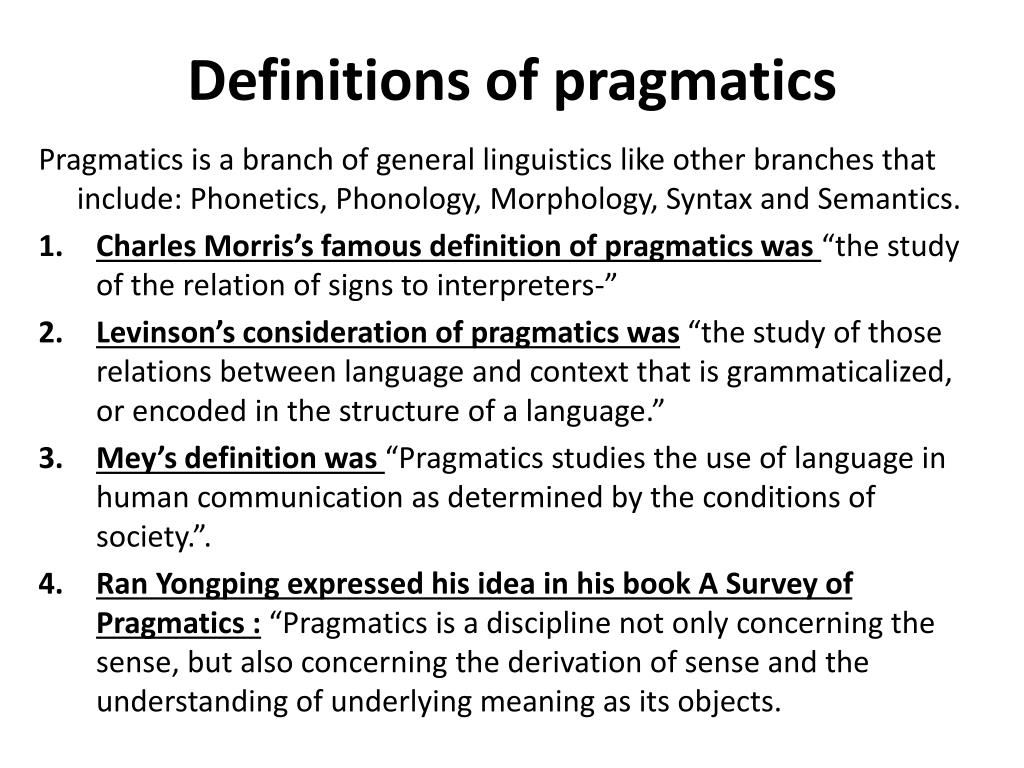 An example of questions and answers to associations can be the following dialogue:
An example of questions and answers to associations can be the following dialogue:
What vegetable or fruit does this person associate with?
With ripe mandarin.
What type of footwear does this person associate with?
With hussar boots with spurs.
What color is this person associated with?
With orange.
What type or brand of car is this person associated with?
With bus.
What animal is this person associated with?
With elephant.
What kind of music is this person associated with?
With Russian "pop".
What mood is this person associated with?
Happy.
After such answers, you understand that we are talking about someone perky, with a good-natured character and a broad soul. You look around in bewilderment: "Who could it be?" And then suddenly someone's voice is heard, calling your name. To your surprise, the host says, "That's the right answer!"
Tasks: development of associative thinking.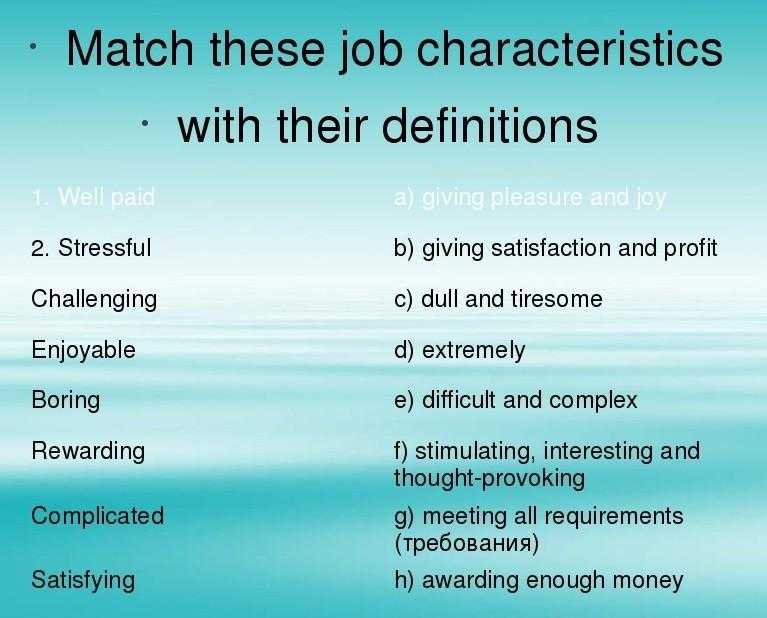 Change period: second half of the main period. Age of children: from 12 years old. Duration: from 30 minutes. Number of children: the whole squad. Venue: detachment place. Equipment:
Change period: second half of the main period. Age of children: from 12 years old. Duration: from 30 minutes. Number of children: the whole squad. Venue: detachment place. Equipment:
First, the counselor explains the meaning of the word association. Then he says: “Now I will guess one of you. And you ask me with what tree, stone, animal, plant, etc. he is associated with me.
After the children guess the hidden child, the leader changes or the leader guesses another child.
Purpose of the game: It is necessary to guess this word by associations to the hidden word. Rules: There must be an even number of players. They sit in a circle, with each two opposing players becoming teammates. Now one of the players (at the first stage, it doesn’t matter which one) thinks of a word and says it to the sitting neighbor on the left, and quietly so that no one can hear. He passes this word to his neighbor on the left, respectively, and so on, until half of the players know this word in secret from the other half.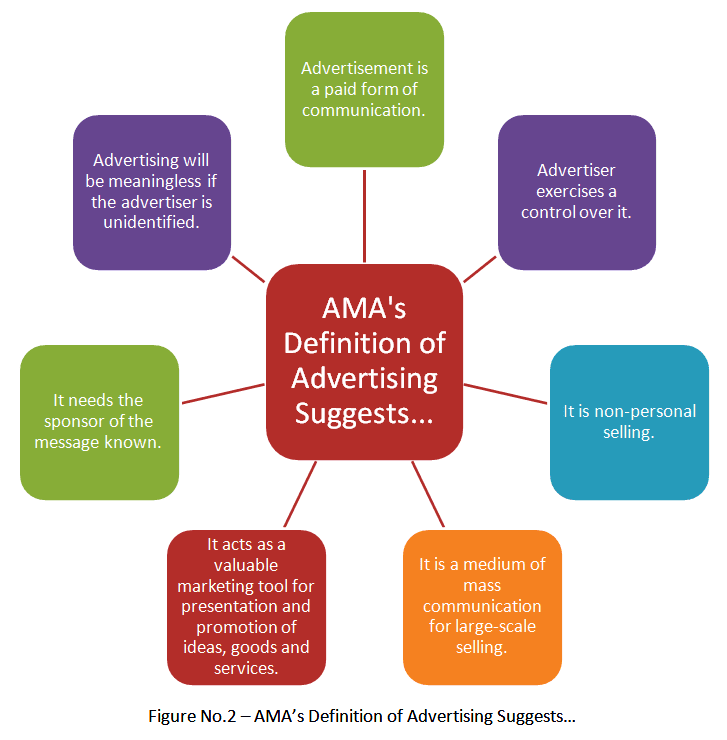 The first half will give guesses and the second half will have to guess the words. In each team, therefore, there are representatives of both one and the other half. Now the player who guessed the word must say for his teammate the first guess-association in the form of only one word. He, in turn, gives his word to her - a guess-assumption also in the form of one word. As a rule, the word is not guessed the first time, the move is transferred to the next pair (on the left). There is a similar dialogue going on. When naming new associations, players who know the word initially can use the previously named associations of all players to help their teammates. When guessing the word, one point is assigned to the winning team, and the game starts all over again, only the next person guesses the word, i.e. there is a displacement of the "active" and "passive" halves by exactly one person. The team with the most points wins. Notes: Good for developing logic. The optimal number of players is 6.
The first half will give guesses and the second half will have to guess the words. In each team, therefore, there are representatives of both one and the other half. Now the player who guessed the word must say for his teammate the first guess-association in the form of only one word. He, in turn, gives his word to her - a guess-assumption also in the form of one word. As a rule, the word is not guessed the first time, the move is transferred to the next pair (on the left). There is a similar dialogue going on. When naming new associations, players who know the word initially can use the previously named associations of all players to help their teammates. When guessing the word, one point is assigned to the winning team, and the game starts all over again, only the next person guesses the word, i.e. there is a displacement of the "active" and "passive" halves by exactly one person. The team with the most points wins. Notes: Good for developing logic. The optimal number of players is 6.

